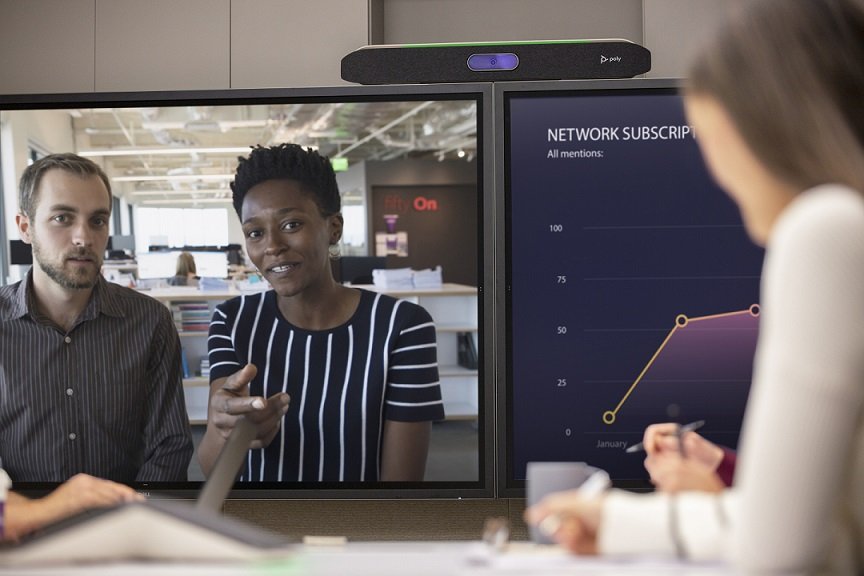Such a project will undoubtedly be a collective effort,
drawing upon different people from different departments. You will definitely
need someone familiar with your network to make sure switch ports are set up
correctly and firewalls and proxies are properly configured. You will also need
someone with access rights to create an Exchange mailbox, change passwords, and
perform end-user management. If you are enabling dial-in calling, then your
telecommunications department can help to assign telephone numbers. And you
will need to work with your facilities group so that everything you are adding
to the building is compliant.
It is no surprise that few organisations have the know-how and
the resources in-house to deal with the complexities and challenges of rolling
out Microsoft Teams Rooms. This is where Internet Videocommunications can help.
As an expert systems Integrator, with vast, real-world experience
of deploying audio-visual solutions in a Microsoft Teams environment, Internet
Videocommunications is uniquely set up to fill any and all of the service gaps
you may have, whether that is providing a range of consultancy services to
assess and validate the solution, or producing the design specification for
your boardroom, lecture theatres and conference suites, or providing
professional installation / commissioning / training / maintenance support services;
or project managing the whole process from start to finish.
Once up and running, the simplicity in communicating and collaborating
using Microsoft Teams Rooms belies the numerous considerations and preparation
needed prior to implementation.
Team up with Internet Videocommunications and let us walk
you through every step of the way, bring your collaborative ideas to life and ensure
that your organisation gets the very best experience that Microsoft Teams Rooms
have to offer.


